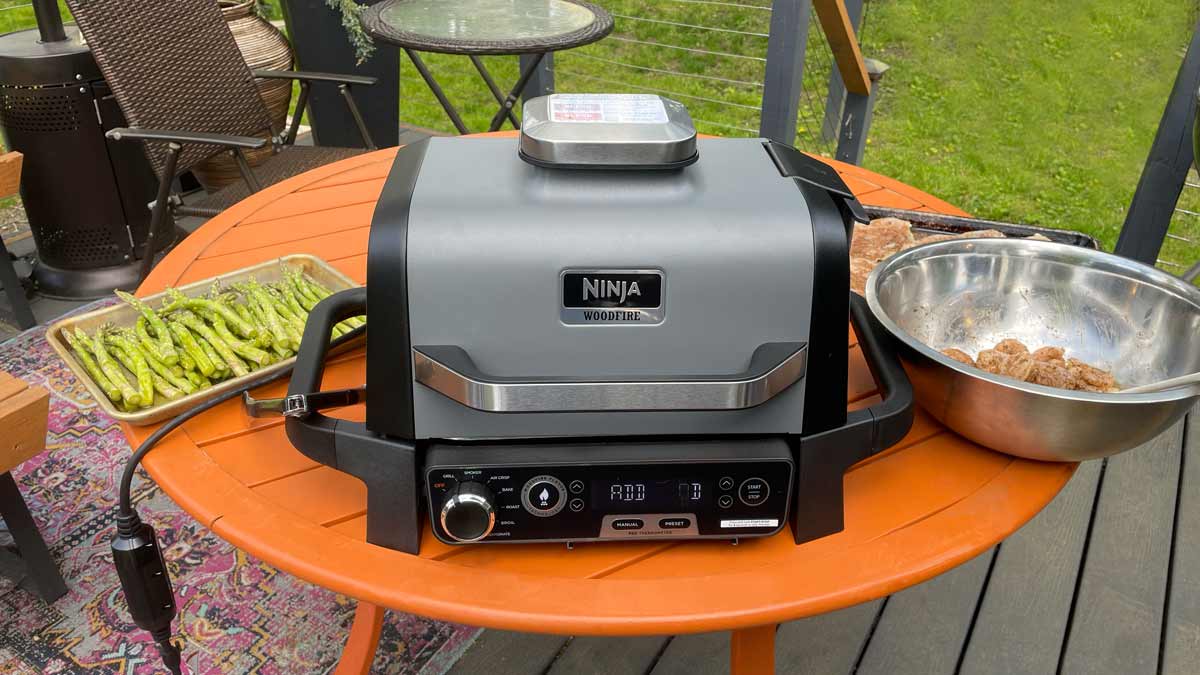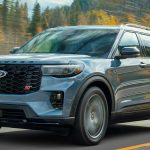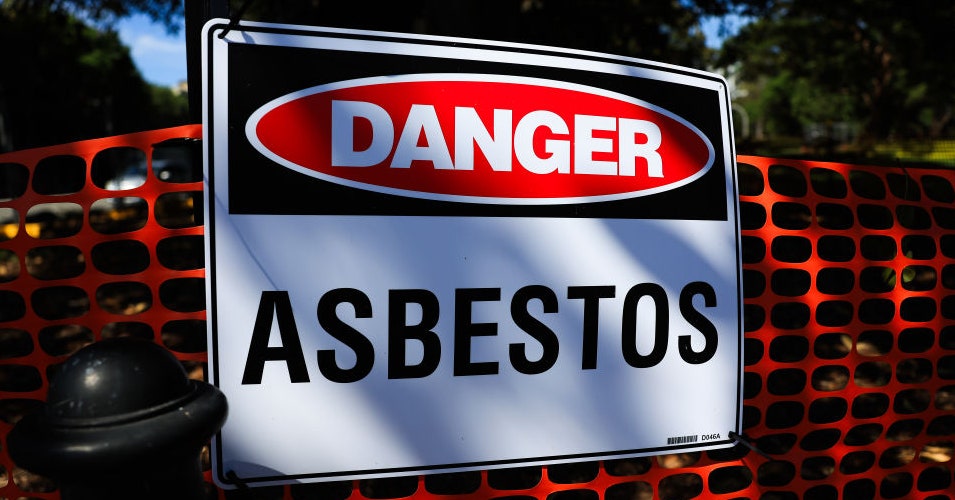
While I was impressed with the results, I’d still opt for cooking with charcoal and wood chunks for a true barbecue experience. That said, the Ninja Woodfire absolutely matched—or even beat—most of the barbecue I’ve had from pricier pellet grills, like those from Traeger.
The Ninja most resembles a pellet grill when it comes to smoking. It uses an electric ignition to light wood pellets, producing smoke in the process. Like a good pellet grill, the Ninja maintained even, steady heat and generated generous plumes of smoke, which flavored ribs and pulled pork beautifully. The pulled pork I made following Ninja’s directions was near-perfect, shredding easily and cooking in about 4 hours (plus a brief preheat).
Ribs were good, too, though admittedly not as tender as those cooked longer and over lower temperatures in a smoker or on a charcoal grill. Nevertheless, they were respectably moist throughout. The recipe I followed (from Ninja) called for cooking two full racks, each halved, at the same time. But I found that only three of the four half-racks would actually fit on the grill.
The Ninja requires a half-cup of wood pellets for smoking and, as a result, you can’t control the amount of smoky flavor by using more or fewer pellets, only by choosing different pellet varieties. (Some offer lots of smoky flavor; others, a more subtle flavor.) But for me, even the smokiest mix of pellets wasn’t quite enough to satisfy my fussy, smoke-loving palette.
As with grilling, the smoking setting removes the potential for errors. The grill is designed to let you load it up, and the manual offers specific recommendations for time and temperature depending on what you’re cooking. The appliance smokes automatically, with no adjustments needed the entire time.









